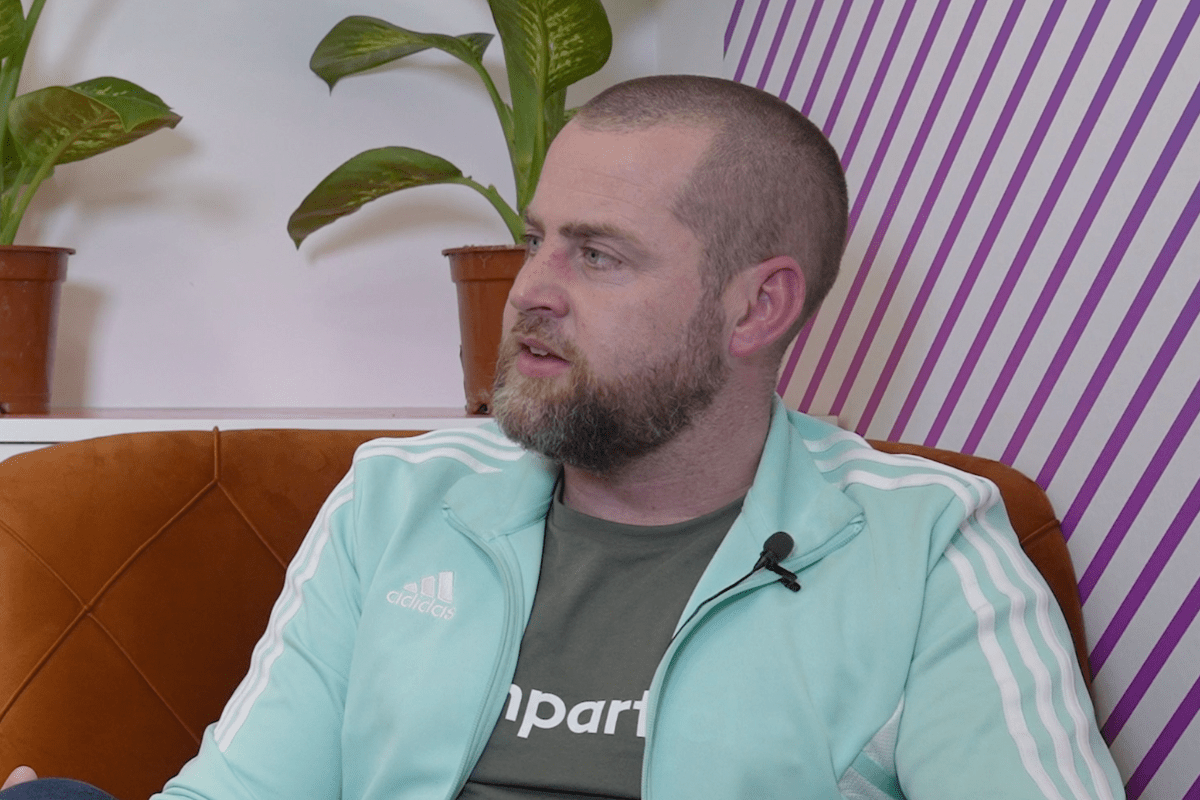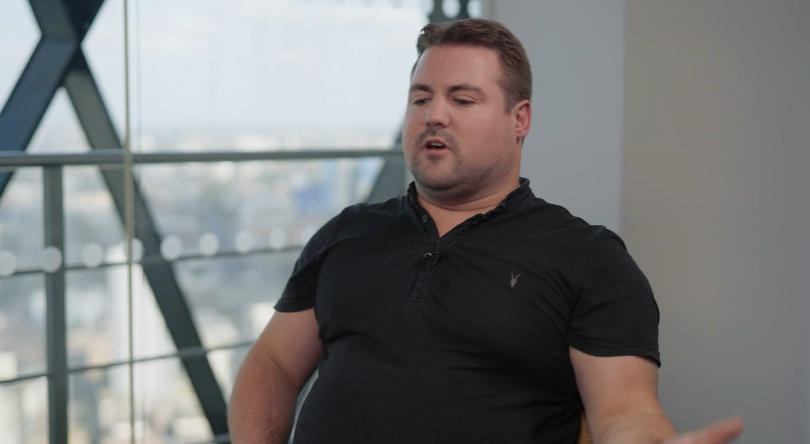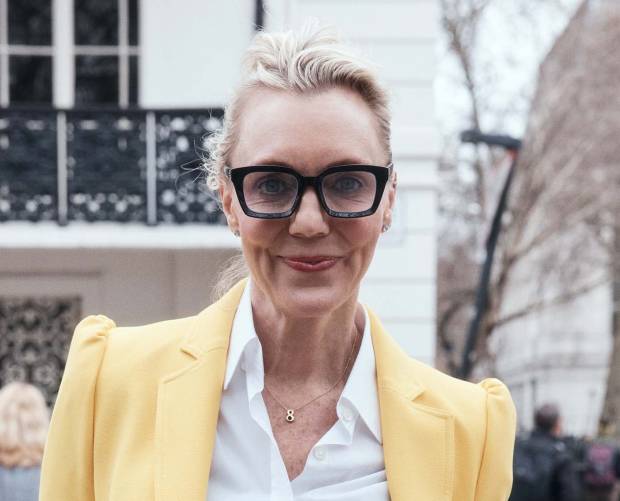The evolution of the ad industry has been a game changer for brand marketers. From brand safety and transparency to performance and ROI, it turns out that honesty is really the best (ad) policy, as Tapjoy CEO Steve Wadsworth explains to Mobile Marketing.
 There was a time not so long ago, when consumer brands could afford to operate at arm’s length from their customers. Marketing messages were broadcast to the masses to communicate the launch of a new product or promotion and the masses duly listened and headed to the nearest supermarket to fill their shopping trolleys. Or some of them at least.
There was a time not so long ago, when consumer brands could afford to operate at arm’s length from their customers. Marketing messages were broadcast to the masses to communicate the launch of a new product or promotion and the masses duly listened and headed to the nearest supermarket to fill their shopping trolleys. Or some of them at least.
Those days are gone. These days, any brand with any sense knows that they need a direct relationship with their customers. As Aline Santos, EVP of global marketing at Unilever wrote in a blog post last December: “The challenge is… to build direct, one-to-one relationships with millions of people. To be able to personalise at scale.” That was written some 18 months after Unilever had proved how serious it is about developing these one-to-one relationships with its $1bn acquisition of the direct-to-consumer razor business, Dollar Shave Club.
Direct consumer relationships
Steve Wadsworth, CEO of Tapjoy, and prior to that an 18-year Disney veteran, agrees wholeheartedly with the sentiments expressed by Santos. “The world is moving to a place where all businesses are looking to establish direct consumer relationships, and being able to reach, target and both acquire and manage relationships with those consumers is a core skill that any brand or business needs to have,” he says.
And when it comes to building one-to-relationships, nothing does it better than mobile. Currently, however, Wadsworth feels the way that brands go about trying to engage with consumers via digital advertising, including mobile, is largely broken.
“When you look at the traditional model of display advertising, it does a disservice to digital advertising, because you get content surrounded by ads and people then feel that the ads get in the way of the experience,” he says. “What people have forgotten is that there is meaningful cost and value that goes into producing great content, and that needs to be transparent to the consumer. Whether it’s an article or a game, a lot of value and resources go into building it, and it’s the advertising that makes it available for free. But digital media has buried the idea that there is a clear value exchange model in the creation of the content and the delivery of that content for free, paid for by the advertisers.”
The way Tapjoy operates, the value exchange could not be any clearer. It enables advertisers to reach mobile users while they are in-app, usually, but not exclusively, playing a game. As an example, when the user gets to a point where they have run out of lives, rather than having to stop playing or opting to buy lives, Tapjoy offers the user lives in return for engaging with some branded content. This is usually in the form of a video, with a clear call to action at the end of it.
Now you could look at this model two ways. A cynic might say the user is almost being bribed to watch the ad, so how can that possibly work? Those who agree with this line of thought might be interested to learn that in Mary Meeker’s latest Internet Trends report, she highlighted the trend of consumers engaging with in-app rewarded video ads, and that in a Millward Brown study, in which consumers were asked to rate different video ad formats for advertising, this type of advertising was the only one to get a top rating.
As Wadsworth explains, it’s nothing to do with bribery, more about honesty. He says: “You can’t be more transparent than to say to the consumer: ‘you want to continue engaging with this valuable content for free, here’s some advertising content from a brand that lets you do that’. This transparency, he says, is one reason why in-app rewarded video advertising performs so well. “The advertiser gets full-screen, full attention engagement from the user. And you have to remember, this is what the consumer chooses to do with their free time, and the brand is enabling that engagement, so there’s very positive brand association.”
Brand-safe
As Wadsworth notes, in-app rewarded video is also a very brand-safe environment, in which the app is controlled by the publisher and reviewed by the app store managers, and the brand gets 100 per cent viewability.
“We integrated MOAT into our SDK just over two years ago and our stats are way above the MOAT norms in all respects – human-viewable, audio on, 100 per cent share of voice and 90 per cent video completion rates,” he says. “This is an environment, that as a brand marketer, you should not avoid.”
And yet, in spite of all the supporting arguments, many brands still do. While Tapjoy counts many big names among its advertiser clients, including 20th Century Fox, BMW, Adidas and P&G, there are many more who remain somewhat ‘sniffy’ in their attitude, not so much towards the ad format – the ads, most now created in Tapjoy’s own Interplay Studio – are highly interactive and creative – but towards the medium in which they appear: mobile games.
“We get much less pushback now than we did a few years ago, but there are still instances where a brand says they don’t want to be in a mobile game, they want to be in some premium publication, and my response to this is that they are trading off true consumer engagement against an association that is tenuous at best.
“Ultimately, any smart marketer is going to want to be where the consumers are. So where are they? They are on mobile, they spend their time in apps, and the largest category of consumers in apps outside of social is games, so brands need to be where their customers and prospects are.
“On top of that, I presume they want a marketing or ad experience that’s highly engaging and delivering 100 per cent of their media value at every opportunity, and this is exactly the experience available in mobile apps and freemium mobile games running advertising in particular. Because publishers realise that they can integrate the ad experience into the core app experience and make it part of the value proposition, and through that, get complete engagement by providing access to premium content, so any smart marketer is going to want to be there.”
Taking back control
Leaving aside the general inefficiency of much digital advertising, Wadsworth’s other big beef is with the way it’s sold and measured. “Most brand advertisers buy media through an agency and trade desk or DSP programmatically on a CPM basis, and while the advertiser may say they care about cost per completed video view (CPCV), when they are buying on CPM it tells them nothing about that,” he says. “They get suckered into the number of impressions they can buy because CPMs are so low. We might say the cost of a CPCV is 2 cents, which is a CPM of $20, and the advertisers and agencies say that’s too high. But if you look at what they spend on impressions that then get a much lower CPCV, that’s a much more expensive process.
“The metrics that really matter are viewability, completed video views, engagement rates and time spent in ad, click-through rates on the end card call to action (CTA) at the end of the video, and downstream metrics like how many people actually went on to install the app or buy the movie ticket or learn more about the product and brand. We sell on the downstream metrics, but that is not how most advertisers buy.”
If this is to change, Wadsworth feels that marketers need to be much more aggressive with the partners they work with – agencies, DSPs and the rest of the ecosystem. “They need to take back some control and be much more prescriptive about how things should work,” he says. “They are the ones with the money, they need to drive how it’s going to work and they need to insist on transparency on where their money goes.
Not just at a high level, but the actual downstream impacts, such as what were the most effective traffic sources? It needs a clear prescriptive approach from marketers that requires transparency and is data-driven and focuses on the downstream metrics that matter. Ultimately it will be more complicated than a CPM model and perhaps that’s why some people shy away from it, but if you want more, you have to be prepared to manage more to get the outcome you want and if you do, that outcome will be a lot more meaningful.”
The way that advertisers buy media programmatically also needs to evolve, Wadsworth feels. “Most brands are buying programmatic, which is what everyone else is doing and so you end up with the lowest common denominator,” he says. “We are now seeing an increase in programmatic guarantees, where we will sit with a marketer and they will say they are prepared to pay this cost per completed video view, they have a set of users they want to target, and we can guarantee we can deliver on that by setting up a private marketplace (PMP). This is where the market is going because general programmatic buying is a bit of a fog compared with more targeted PMP deals, so that’s where we are trying to move brand marketers to.
Creativity counts
Creativity is also important to Tapjoy. In March, it launched its Interplay Studio to create custom-branded ads that are optimised for the mobile gaming environment. The studio crafts contextually relevant rich media ads, playables and gamified experiences, and interactive end cards which provide a call to action at the end of the video ad. Campaigns designed by the studio have achieved average click-through rates that are 3-5 times greater than traditional mobile video ads and average in-ad engagement times of almost 30 seconds after the video completes.
“Creative is key to what we do,” says Wadsworth. “The games themselves look great, so the ads need to look great too. The ad needs to be as good as the content it resides in, so it feels like an integrated part of the experience, more native. For me, creative is an enabler of deeper engagement with the consumer. High quality video will drive engagement for the user and then wherever possible that should be followed by some form of interactivity, as it is an interactive medium and when the user connects with the brand, they understand and retain their key messages resulting in higher engagement and conversion rates.”
Looking ahead, Wadsworth says he can only see this trend of brands seeking direct connections with consumers accelerating. He says: “We are going to see an increasing requirement that brands become more data-driven and focus on building as tight a direct relationship with consumers as they can, allowing them to communicate with people in a much more targeted, personalised way. We will see a shift away from high level CPMs towards the metrics that matter, especially in digital video, and also, an increasing shift of dollars towards mobile and apps, which is where people spend their time.”
And what of GDPR and the more stringent requirements that puts on everyone in the ad tech industry – and elsewhere – who processes personal data to be transparent in terms of how they do so?
“GDPR is a good thing,” says Wadsworth. “That’s the value of being transparent with the consumer; you do not have those issues. They only become issues where there is stuff happening behind the scenes to extract value from the consumer without them being aware of it. It is becoming mandatory to be honest and direct with consumers about how digital marketing works and what it does for each player in the ecosystem, and in-app rewarded advertising is a clear answer to that.”
















